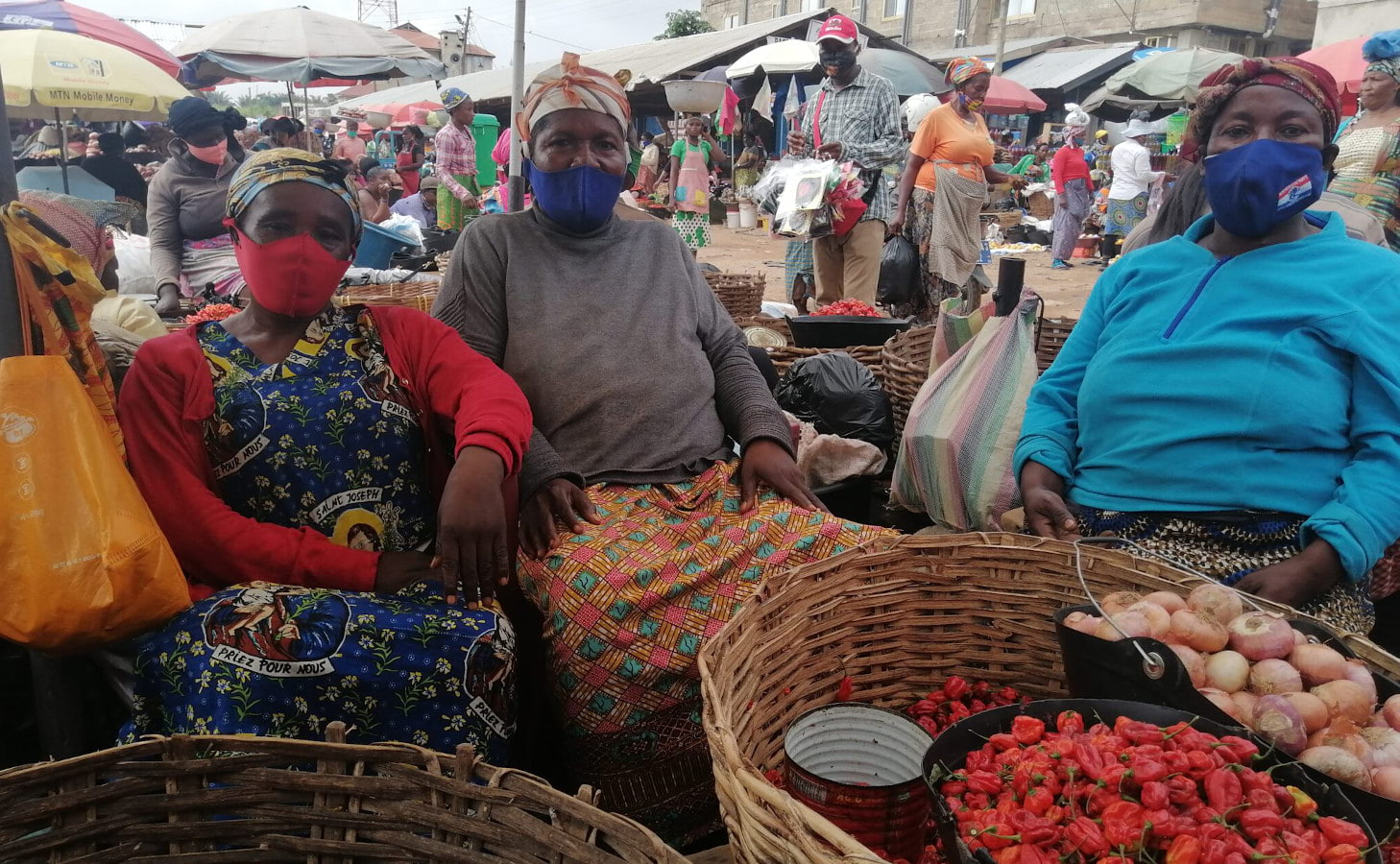COVID-19 may leave an additional 130 million people hungry by the end of the year, according to the United Nations. And a recent report by CARE shows how women and girls are bearing the brunt of that burden.
The report, “Left Out and Left Behind: Ignoring Women Will Prevent Us from Solving the Hunger Crisis,” explains that women and girls are eating less, earning less, and struggling to find food for their families. Despite this, they’ve been overlooked in most international COVID-19 relief plans. Of the 73 documents CARE reviewed, just 7 percent proposed concrete actions to address gender inequality.
Business closures and social distancing measures have barred women and girls from work across the globe. In Northeast Nigeria, women no longer have access to cash for work programs they rely on to buy seeds and crops. Half of women in Palestine have lost all of their income, versus just one-third of men.
Meanwhile, rising prices, food shortages, and market closures have made it harder for women to secure food. In turn, many are sacrificing their own meals to feed their families and preserve their savings.
CARE’s report explains that women and girls often eat last and less than their families. In Bangladesh, one-third of women have cut down their food consumption to save money. And even before the Beirut explosion in Lebanon, 85 percent of women were eating smaller portions, versus 57 percent of men.
The COVID-19 hunger crisis puts women at greater risk of sexual exploitation, as they’re more likely to exchange sex for food. And families are more likely to marry their child daughters in exchange for doweries they can use to feed themselves.
Women and girls are also more likely to endure physical abuse for failing to put food on the table.
Despite the disproportionate challenges facing women and girls, many policymakers have failed to address gender inequalities. CARE reviewed 73 COVID-19 hunger crisis reports and guidance documents, including those published by UN agencies, the World Bank, and some of the world’s largest governments. Among them, 34 documents ignored women and girls entirely, and only five proposed actionable solutions to gender inequality.
CARE’s report also points out that 27 documents painted women and girls as “victims”—even though women across the world are providing food for their communities during COVID-19.
“Organizations and officials need to include the ‘and,’” Tonya Rawe, Director of Global Food and Nutrition Security Advocacy at CARE tells Food Tank. “Women are more at risk of hunger and malnutrition and they are themselves powerful agents who are stepping up to lead in their families and communities because they already play pivotal roles in food systems.”
CARE argues that policymakers and organizations must confront gender inequality to overcome the hunger crises at large. “Women and girls are half the global population and play major roles in food systems,” says Rawe. “If we want to solve the hunger crisis, they cannot be left out. You can’t ignore half the equation and still get the result you want.”
Photo courtesy of CARE










